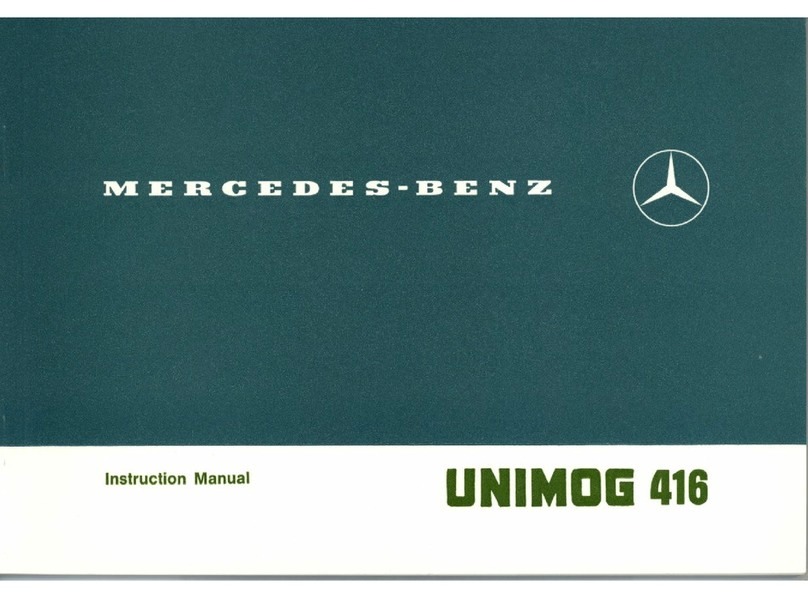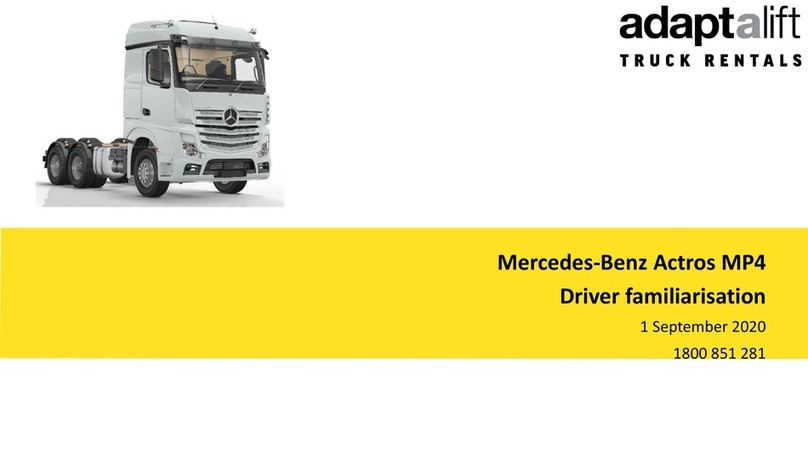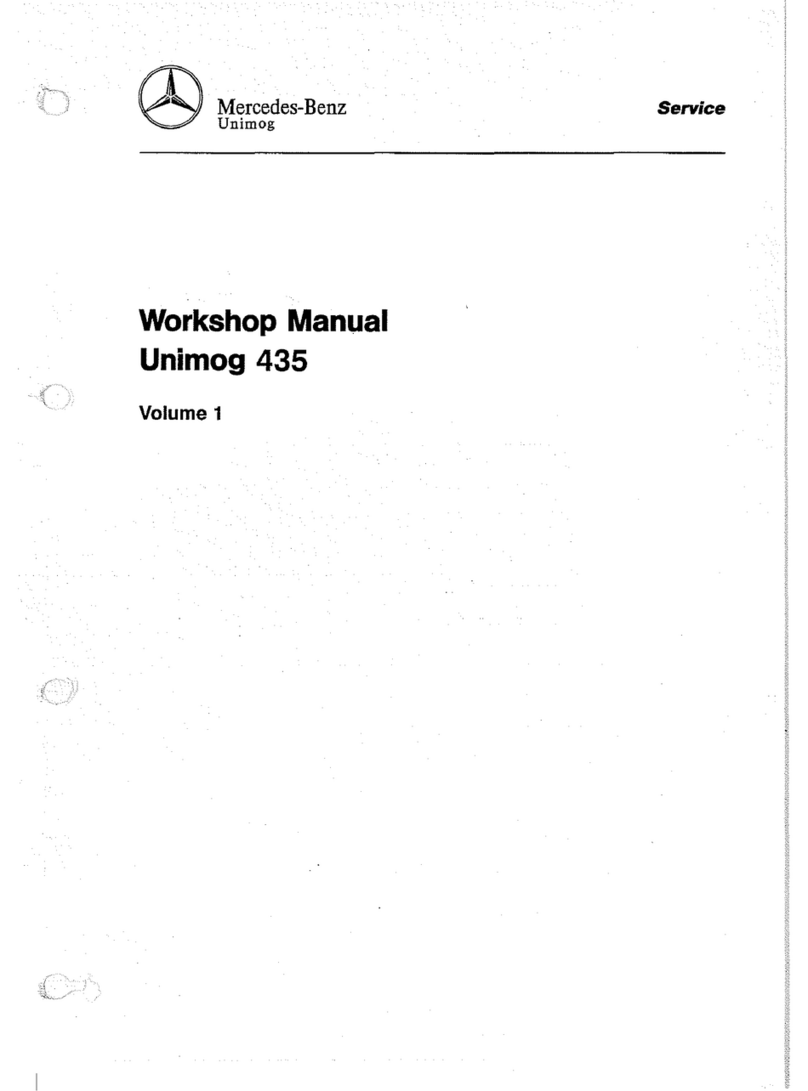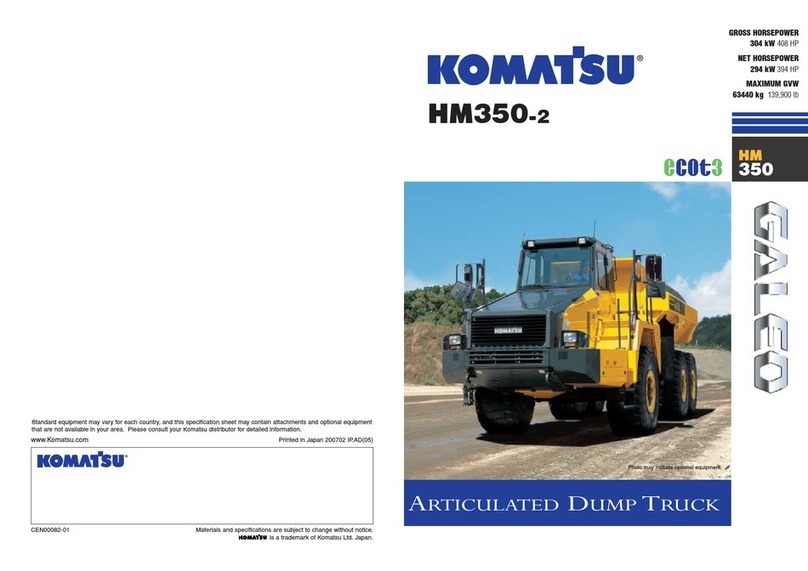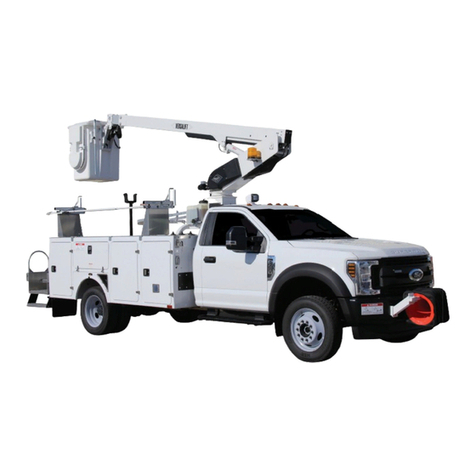
Safety and liability information
6
General
Guidelines for Breakdown Services (Subject to technical modifications)
i
The aim of these guidelines is to provide roadside assistance and towing personnel with the instructions and
information necessary in order to remove the vehicle from the scene of the breakdown or accident within
30 minutes whenever possible.
These guidelines assume that the reader understands and complies with the pertinent accident prevention
regulations, any relevant professional guidelines for vehicle ownership or recovery and towing company
association regulations, and the road traffic regulations of the country in question.
The instructions in these guidelines, in particular those pertaining to vehicle recovery, are intended exclusively
for experienced recovery specialists and are left to the discretion of the user.
Compensation and/or warranty claims arising from towing or recovery measures will not be accepted by
Daimler AG.
Conventions
Risk of accident G
All vehicles that have been towed or recovered from a breakdown must be examined for technical condition
and checked for damage at a qualified workshop which possesses all the expertise and tools required to
properly perform the necessary work.
Mercedes-Benz recommends a Mercedes-Benz service center for this work. It is absolutely essential that all
safety-relevant work and all work on safety-relevant systems is performed by a qualified specialist workshop.
Pay attention to the notes in the chapter "Recovery", see page 8.
Risk of accident G
Tampering with electronic components and their software can cause them to stop functioning. The electronic
systems are networked together by interfaces. In some cases, interfering with these electronic systems can
also cause malfunctions in systems that were not directly affected. Such malfunctions can put the operational
safety of your vehicle, and thus your own personal safety, at considerable risk.
Other improperly performed work or modifications to the vehicle can also jeopardize operational safety.
Some safety systems operate only when the engine is running. For this reason, do not switch the engine off
while driving.
GWarning
HEnvironmental warning
!Potential damage
iTip
왘Instruction
Displays
On-screen display
